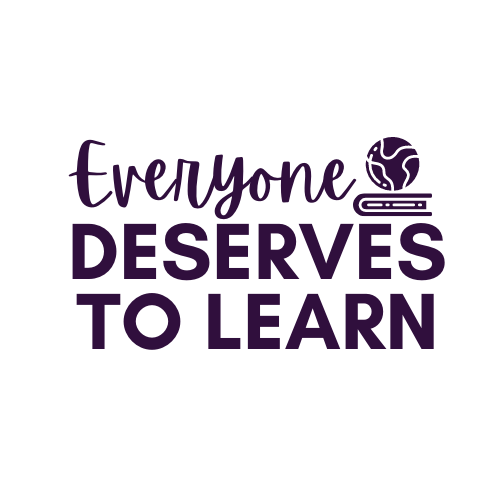Teaching Compare and Contrast with ReadWorks
There's no time like the present to get my second graders ready for the major comparing and contrasting they'll be doing in third grade!
As I was planning my lesson on comparing and contrasting versions of Stone Soup, I realized that my students probably don't have much background in the actual vocabulary of compare and contrast, so I went on a search to find it. Lo and behold, ReadWorks' first 2nd grade CompCon learning goal says this "Students will identify similarities and differences using key words!"
I downloaded the two reading passages that came with the lesson, and saved them to my OneNote. (That's a Microsoft Office program we use at our school instead of paper. No joke.) When class started, I put the students in partners and introduced the concept of comparing and contrasting by asking them to tell me what was the same and what was different about them. We moved on to orally comparing and contrasting things in the room, which just took a few minutes. Finally, I put up the first passage, called "My Brother and I."
The great thing about this passage is that the key words were bolded, italicized, or underlined, which is a great second language strategy to begin with. I used my digital pen to circle the ones I wanted the kids to look at, which they could see on the whiteboard over my shoulder. We made a T-chart to tell which words meant same/compare, or different/contrast. It was a simple activity that had a big impact for them. The reading was at a good instructional level for them, and I read it out loud, underlining or circling with my pen so they wouldn't get lost on the big screen.
Next, I introduced the concept of a Venn Diagram, which they had seen before. I am planning on moving away from Venn Diagrams in my class, and using more H-Diagrams, to make their writing neater and more organized. While I was explaining the H-Diagram, one of my smarties said, "I know one!" and drew this on our whiteboard:
I was over the moon excited. That prompted a teachable moment discussion about all the letters we could possibly use to create compare and contrast diagrams, so we spent a few minutes up at the board doodling geometric/block letters. "What fun!" as my second graders would say.
As a final guided and independent practice, we read the second story that comes with the lesson, called "Moving to a New Town." I let them draw H-Diagrams on their whiteboards- they wanted E-Diagrams, but this is a teach-ocracy, so I overruled them. We will try E-Diagrams. And I. And J. And W. And all the other cool ones we came up with!
As I was planning my lesson on comparing and contrasting versions of Stone Soup, I realized that my students probably don't have much background in the actual vocabulary of compare and contrast, so I went on a search to find it. Lo and behold, ReadWorks' first 2nd grade CompCon learning goal says this "Students will identify similarities and differences using key words!"
ReadWorks is free to join, and you can search by state standard, grade, and/or topic.
The great thing about this passage is that the key words were bolded, italicized, or underlined, which is a great second language strategy to begin with. I used my digital pen to circle the ones I wanted the kids to look at, which they could see on the whiteboard over my shoulder. We made a T-chart to tell which words meant same/compare, or different/contrast. It was a simple activity that had a big impact for them. The reading was at a good instructional level for them, and I read it out loud, underlining or circling with my pen so they wouldn't get lost on the big screen.
Next, I introduced the concept of a Venn Diagram, which they had seen before. I am planning on moving away from Venn Diagrams in my class, and using more H-Diagrams, to make their writing neater and more organized. While I was explaining the H-Diagram, one of my smarties said, "I know one!" and drew this on our whiteboard:
 |
| An "E" diagram. How smart! |
As a final guided and independent practice, we read the second story that comes with the lesson, called "Moving to a New Town." I let them draw H-Diagrams on their whiteboards- they wanted E-Diagrams, but this is a teach-ocracy, so I overruled them. We will try E-Diagrams. And I. And J. And W. And all the other cool ones we came up with!
I projected the second lesson, and used my highlighter to track as I read out loud. They used the key words chart to find words that showed similarities or differences, then added those to their diagrams.
I was so proud of them- they really did a fantastic job. Now that we've learned to compare and contrast, we'll practice using some multicultural versions of Stone Soup.
Have you ever tried ReadWorks? How do you teach the concept of comparing and contrasting?






